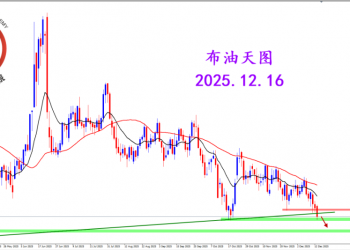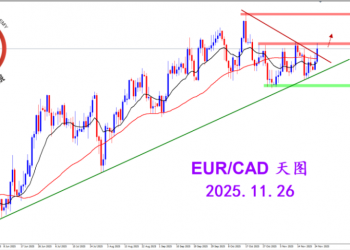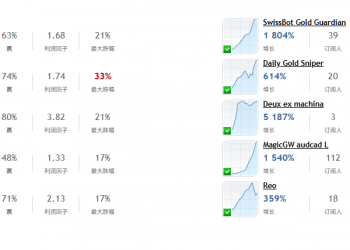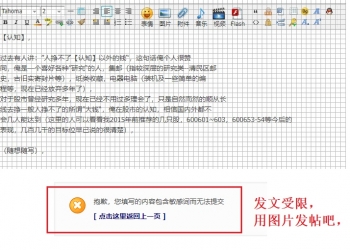Gold Poised to Spoil Dollar's Rise
by Jes Black
Gold rose above its downtrend resistance mark at $367.50 in London trade today, rising to a high of $372.45. While the dollar remains well bid against the majors, a technical breakout in gold would likely spoil the rally, especially against the commodity currencies such as the Australian and Canadian dollars.
Despite the dearth of coverage, gold remains in a two-year bull market as the dollar's decline and market turmoil have given it newfound safe haven luster. After a 20-year bear market, the 50% rise for the bottom at $250 have led many contrarians to predict the advent of a new bull market. However, the yearlong consolidation pattern has led to a wide gulf in opinion amongst traders, which will soon tip its hand to the winners.
Commitment of Traders Reports Record Net Longs and Shorts
At the February high of $388.50, the smart-money commercial hedgers waged an aggressive short selling campaign, which recorded an all time record at 126,507 contracts net short. The latest Commitment of Traders Report shows a renewed battle between the smart money and trend followers, with the former net short 125,730 contracts, while the latter have now recorded a record net-long position of 89,998 contracts.
The Fed's Uninvited Guest
Fundamentals call for a further rise in the price of gold as the Fed's assertively loose monetary policy has greatly increased the supply of dollars relative to the amount of gold for sale. The Fed's own money supply figures show a surge of reflation since April, rising at an annualized rate well above 10% of GDP annually. In the week of August 4th, M3 rose by $50 billion dollars or a 27% annualized rate. Since economic growth is only expected to grow at 3.5% this year, the extra dollars can flow anywhere. This is mainly why the bond market's fear of inflation is warranted even if the Fed insists on further disinflation. It is also why the stock market can rally despite the lack of sensible value.
In particular, the Fed's reflation efforts could backfire if the markets came to realize that many of the new dollars have led to nominal increases in certain prices not exposed in the CPI data or discounted for by hedonic measuring, because of productivity improvements.
Therefore, it would be unwise for the Fed to allow gold to rise above $400 dollar an ounce, as it would look like an elephant in a teashop. A break above the psychological $400 mark could incite further unrest in both the stock and bond markets, unleashing a wave of selling that could spoil chances of a sustainable recovery.
The Effects of $400 Gold
If gold were to rise above $400 and ounce it could spur more investors to recognize commodities as an alternative investment class. This could lead to a positive feedback loop, driving inflation higher, bond prices lower (yields higher) and further squeeze US profit margins.
Perhaps this is why the world's central banks have recently announced that they will extend and even increase their gold reserve sales. Coincidentally, the COMEX exchange increased the margin requirements for gold futures at the February high of $388.50, thereby forcing many of the smaller speculators to sell out their positions, which led to a reversal. Obviously, a rise in gold is not a welcome guest.
Technical Breakout?
Key support at $325 held in April and the market has since fallen into a bullish consolidation pattern. However, gold must first take out its May high of $375 to gain the needed momentum for a clean break. A technical breakout in gold would likely spoil the dollar's rally.
-August 27, 2003
[ Last edited by qling on 2003-8-29 at 07:32 PM ] |
 2025.12.16 图文交易计划:布油开放下行 关849 人气#黄金外汇论坛
2025.12.16 图文交易计划:布油开放下行 关849 人气#黄金外汇论坛 2025.11.26 图文交易计划:欧加试探拉升 关2816 人气#黄金外汇论坛
2025.11.26 图文交易计划:欧加试探拉升 关2816 人气#黄金外汇论坛 MQL5全球十大量化排行榜2905 人气#黄金外汇论坛
MQL5全球十大量化排行榜2905 人气#黄金外汇论坛 【认知】5704 人气#黄金外汇论坛
【认知】5704 人气#黄金外汇论坛